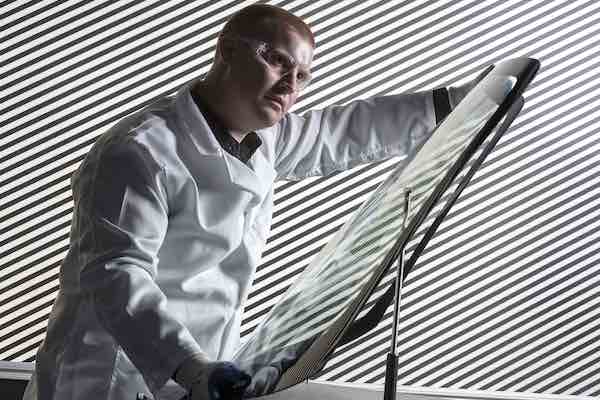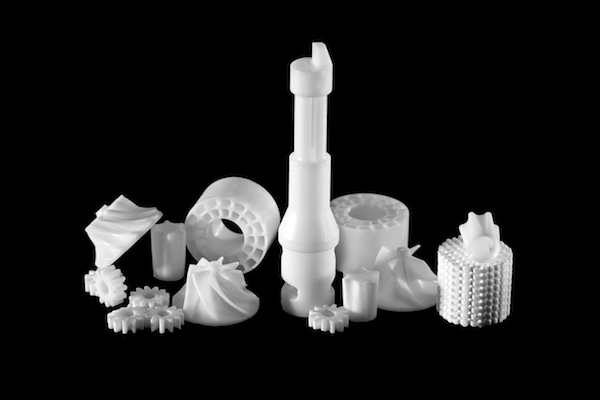Substitute materials are often used for restoring ivory artifacts because of the ethical implications surrounding the use of ivory. Researchers led by Vienna University of Technology and 3D printing company Cubicure GmbH developed a new material using stereolithography that they say can serve as an aesthetically and mechanically high-quality ivory substitute.
Read MoreTwo new papers, one published in Nature and one in Advanced Materials, describe 3-D printing techniques that use silica nanoparticle inks—rather than molten glass itself—to to fabricate optically clear glass components with micrometer-scale resolution, a huge leap forward for the integration of glass materials into additive manufacturing.
Read MoreAt Formnext, a recent international exhibition in Germany all about additive manufacturing, ceramic materials had a strong presence on the show floor. TCT Magazine talked to some of the companies advancing additive manufacturing of ceramics at this year’s exhibition.
Read MoreIntegrally cored ceramic mold fabricated by ceramic stereolithography. The vertical cross-section on the left shows the core and shell parts. Five horizontal cross-sections of individual layers in the build-up are…
Read More



